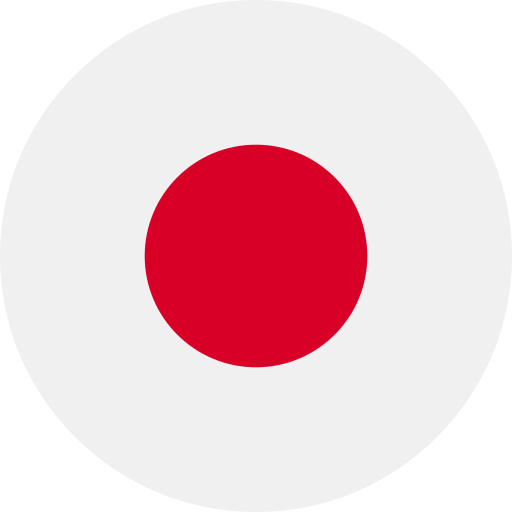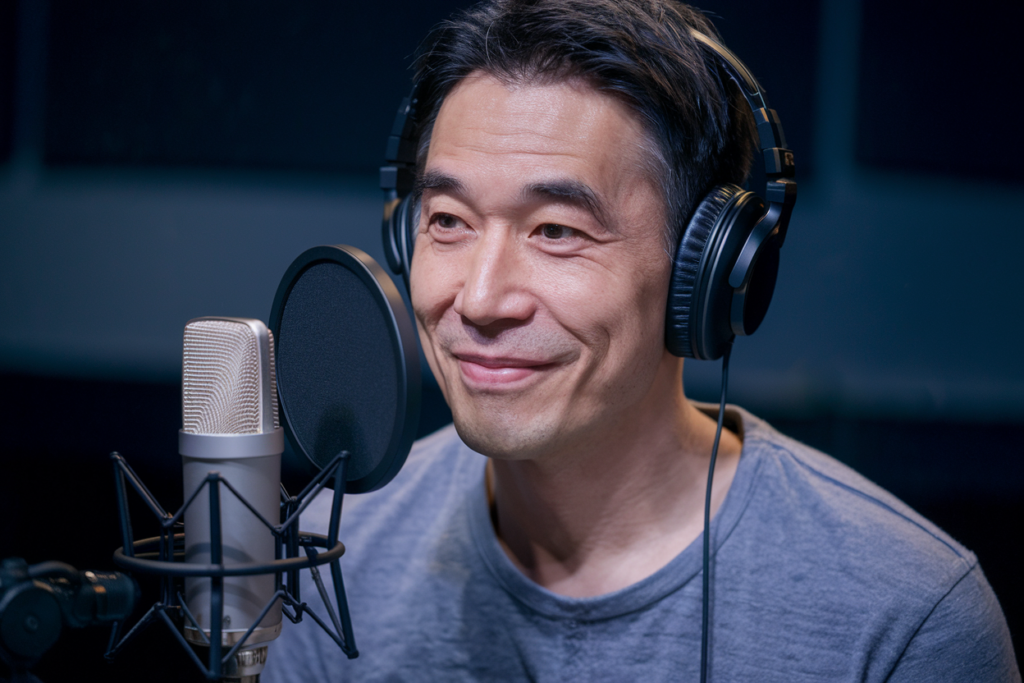Key Takeaways
- Distinct Language Families: Japanese belongs to the Japonic family, Chinese is part of the Sino-Tibetan family, and Korean stands alone but shares historical ties with both due to cultural exchanges.
- Unique Writing Systems: Japanese uses three scripts (Hiragana, Katakana, Kanji), Chinese relies on Hanzi characters, while Korean employs Hangul for phonetic representation.
- Grammar and Syntax Variations: Japanese and Korean typically follow a subject-object-verb (SOV) format, whereas Chinese adheres to a subject-verb-object (SVO) structure.
- Phonetics and Pronunciation Differences: Japanese has five vowel sounds; Chinese utilizes tonal variations that change word meanings; Korean features unique consonant sounds adding complexity.
- Cultural Influences Shape Languages: Each language reflects its own historical context—Japanese was influenced by Chinese culture while Korea developed Hangul for accessibility amidst its interactions with China.
- Artistic Expressions Reflect Cultural Values: Art and literature in each culture showcase their unique perspectives on nature, society, and philosophical ideals shaped by their histories.
Ever wondered how Japanese differs from Chinese and Korean? If you’re diving into the fascinating world of East Asian languages, you might be surprised by their unique features. While they share some cultural roots and historical influences, each language stands out with its own grammar, vocabulary, and writing systems.
Overview of Japanese, Chinese, and Korean
Japanese, Chinese, and Korean languages exhibit distinct characteristics despite some overlap in cultural context. Each language has unique grammar rules, vocabulary nuances, and writing systems that set them apart.
Japanese Language
Japanese employs a complex writing system consisting of three scripts: Hiragana, Katakana, and Kanji. Hiragana serves for native words and grammatical elements while Katakana is used for foreign loanwords. Kanji consists of characters borrowed from Chinese that convey meaning through ideographs. Sentence structure often follows a subject-object-verb format. Additionally, Japanese features levels of politeness embedded in its language.
Chinese Language
Chinese is known for its tonal nature; it uses pitch to distinguish meanings between words that may sound identical but differ in tone. The writing system relies primarily on Hanzi characters representing syllables or morphemes rather than phonetic sounds. Mandarin is the most widely spoken dialect out of over 300 variations within the language family. The sentence structure typically adheres to a subject-verb-object pattern.
Korean Language
Korean utilizes an alphabet called Hangul designed to represent sounds phonetically with symbols corresponding to individual phonemes. Unlike the other two languages, Korean employs an agglutinative grammar system where suffixes attach to root words to express tense or mood changes. A subject-object-verb order dominates sentence construction in Korean as well.
Understanding these differences enhances communication when engaging with each culture’s media or literature while providing insight into their diverse linguistic landscapes.
Linguistic Differences
Japanese, Chinese, and Korean each possess unique linguistic characteristics that set them apart. Understanding these differences enriches your appreciation of each language’s structure and usage.
Language Families and Origins
Japanese belongs to the Japonic language family, while Chinese is part of the Sino-Tibetan family. Korean stands alone in its own language family but shares some historical ties with both Japanese and Chinese due to cultural exchanges over centuries. This divergence illustrates how geography and history shaped their development.
Phonetics and Pronunciation
Phonetics play a significant role in distinguishing these languages. Japanese features five vowel sounds, making it relatively straightforward to pronounce. In contrast, Chinese employs a tonal system where pitch variations can change word meanings entirely; for instance, «ma» can mean mother or horse depending on the tone used. Korean phonetics involve distinct consonant sounds that may not exist in other languages, adding another layer of complexity to pronunciation. Each language’s sound system reflects its unique identity and influences comprehension when learning or engaging with native speakers.
Writing Systems
Japanese, Chinese, and Korean each feature unique writing systems that reflect their linguistic characteristics.
Kanji, Hiragana, and Katakana
Japanese uses three scripts: Kanji, Hiragana, and Katakana. Kanji consists of characters borrowed from Chinese and represents whole words or concepts. These characters can convey complex meanings with a single symbol. Hiragana is used for native Japanese words and grammatical functions, making it essential for sentence structure. On the other hand, Katakana primarily handles foreign loanwords and emphasizes certain terms in written text. Together, these scripts create a rich tapestry that allows for nuanced expression in Japanese writing.
Chinese Characters and Hangul
Chinese employs Hanzi, which are logographic characters representing meanings rather than sounds. Each character has its own significance; understanding them requires memorization due to the sheer number—over 50,000 exist! In contrast, Korean utilizes Hangul, an alphabet designed to represent sounds phonetically. Hangul’s systematic approach makes it accessible for learners since it combines letters into syllabic blocks. While Chinese’s tonal nature adds complexity to its pronunciation and meaning differentiation based on pitch changes, Korean’s straightforward sound representation simplifies learning.
Understanding these distinct writing systems enhances your appreciation of the languages’ cultural nuances while offering insight into their respective communication styles.
Grammar and Syntax
Understanding grammar and syntax is essential when comparing Japanese, Chinese, and Korean languages. Each language showcases unique features that reflect its structure and usage.
Sentence Structure
Japanese typically follows a subject-object-verb (SOV) format. For example, you say «I sushi eat» instead of «I eat sushi.» This order emphasizes the action at the end of the sentence, allowing for flexibility in how information is presented. In contrast, Chinese adheres to a subject-verb-object (SVO) structure similar to English; therefore, you state «I eat sushi.» Korean also follows an SOV pattern but incorporates elements like topic markers that clarify what part of the sentence is being emphasized.
Use of Particles and Tones
Japanese employs particles extensively to indicate grammatical functions such as subject or object roles within sentences. These small words enhance clarity without needing additional context; for instance, “wa” marks the topic while “o” denotes the object. On the other hand, Chinese relies on tones—pitch variations that can completely change word meanings. Mandarin’s four tones mean that pronunciation matters greatly; saying «ma» can signify mother or horse depending on your tone. Korean doesn’t use tones but utilizes suffixes attached to root words to indicate tense or mood changes.
By grasping these differences in grammar and syntax among Japanese, Chinese, and Korean languages, you enhance your understanding of each language’s unique construction and communication style.
Cultural Influences
Cultural influences play a significant role in shaping the languages of Japan, China, and Korea. Each language reflects its unique historical context and societal values.
Historical Background
Japanese culture has been profoundly influenced by Chinese civilization through trade, Buddhism, and Confucianism. For centuries, Japan imported many aspects of Chinese culture, including writing systems and philosophical concepts. This exchange led to the integration of Kanji into Japanese writing. While maintaining its identity, Japanese adapted these elements to suit its linguistic structure.
Korean history also features extensive interaction with China, especially during the periods of dynastic rule and cultural exchange. The influence is evident in vocabulary and expressions borrowed from Classical Chinese. However, Korea developed Hangul in the 15th century as a response to linguistic accessibility for all citizens. This move marked an important step toward a distinct Korean identity that remains influential today.
Art and Literature
Artistic expression varies notably across these cultures but shares themes rooted in their histories. Japanese art often emphasizes nature’s beauty through traditional forms like Ukiyo-e woodblock prints or Haiku poetry that captures fleeting moments with precision. In literature, works often reflect social harmony or individual experience within a broader cultural framework.
Chinese art encompasses various styles from calligraphy to landscape painting that celebrate nature’s grandeur while embodying philosophical ideals such as Taoism or Confucianism. Literary traditions include classical poetry and novels like «Dream of the Red Chamber,» showcasing intricate narratives steeped in moral lessons.
Korean art offers unique perspectives as well—think of beautiful ceramics or vibrant folk paintings that highlight daily life’s simplicity alongside complex narratives found in classic Korean literature like «The Tale of Hong Gildong.» These artistic endeavors not only showcase cultural heritage but also maintain connections among generations.
Understanding these cultural influences enriches your appreciation for each language’s nuances while connecting you more deeply with their respective media and literature landscapes.
Conclusion
Appreciating the differences between Japanese, Chinese, and Korean languages opens up a world of cultural understanding. Each language reflects its own unique identity shaped by history and societal values.
Whether you’re drawn to the intricacies of Kanji in Japanese or the phonetic clarity of Hangul in Korean, exploring these languages enriches your communication skills. The tonal nuances of Chinese further add complexity that can transform meanings entirely.
By recognizing these distinctions, you not only enhance your linguistic abilities but also deepen your connection with each culture’s rich artistic expressions and literature. Engaging with these languages allows you to experience their beauty and complexity firsthand.
Frequently Asked Questions
What are the main differences between Japanese, Chinese, and Korean languages?
Each language has its unique features: Japanese uses three scripts (Hiragana, Katakana, and Kanji) and follows a subject-object-verb (SOV) order. Chinese is tonal and relies on Hanzi characters in a subject-verb-object (SVO) structure. Korean employs an alphabet called Hangul with agglutinative grammar in an SOV format.
How does the writing system differ among these languages?
Japanese uses Hiragana for native words, Katakana for loanwords, and Kanji for complex meanings. Chinese primarily utilizes logographic Hanzi characters that require memorization. Korean’s writing system, Hangul, is phonetic and designed for ease of learning.
Why is pronunciation important in Chinese?
Pronunciation is critical in Chinese because it’s a tonal language; pitch changes can alter word meanings significantly. Accurate tones are essential to ensure clear communication.
What role do cultural influences play in these languages?
Cultural influences shape each language through historical interactions. Japanese absorbed elements from Chinese civilization via trade and Buddhism, while Korea adopted vocabulary from China but developed its own alphabet to assert identity.
How does sentence structure vary across these languages?
Japanese typically follows a subject-object-verb (SOV) order using particles for clarity, while Chinese adheres to a subject-verb-object (SVO) pattern similar to English. Korean also follows an SOV structure but uses suffixes instead of particles for grammatical functions.
What makes learning Japanese easier compared to other languages?
Learning Japanese might be easier due to its five vowel sounds that create simpler pronunciation patterns compared to the complex tonal variations found in Mandarin Chinese or the distinct consonant sounds prevalent in Korean.
Can understanding these languages enhance appreciation of their cultures?
Yes! Understanding the linguistic nuances enriches your experience with their media and literature by providing insights into each culture’s values, histories, and artistic expressions shared through language.







